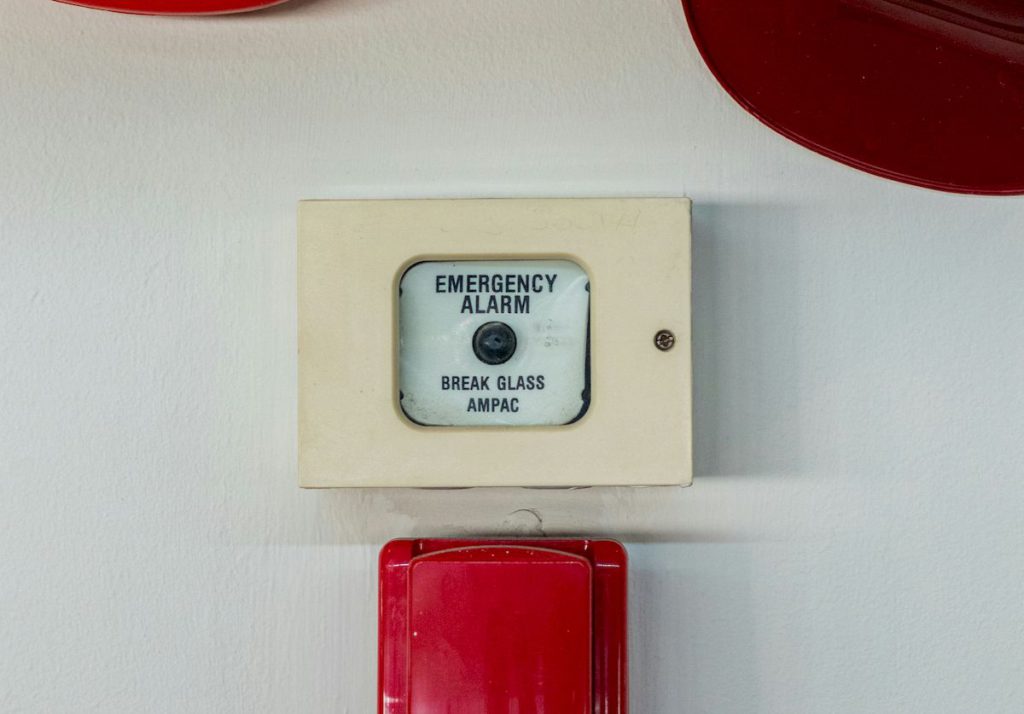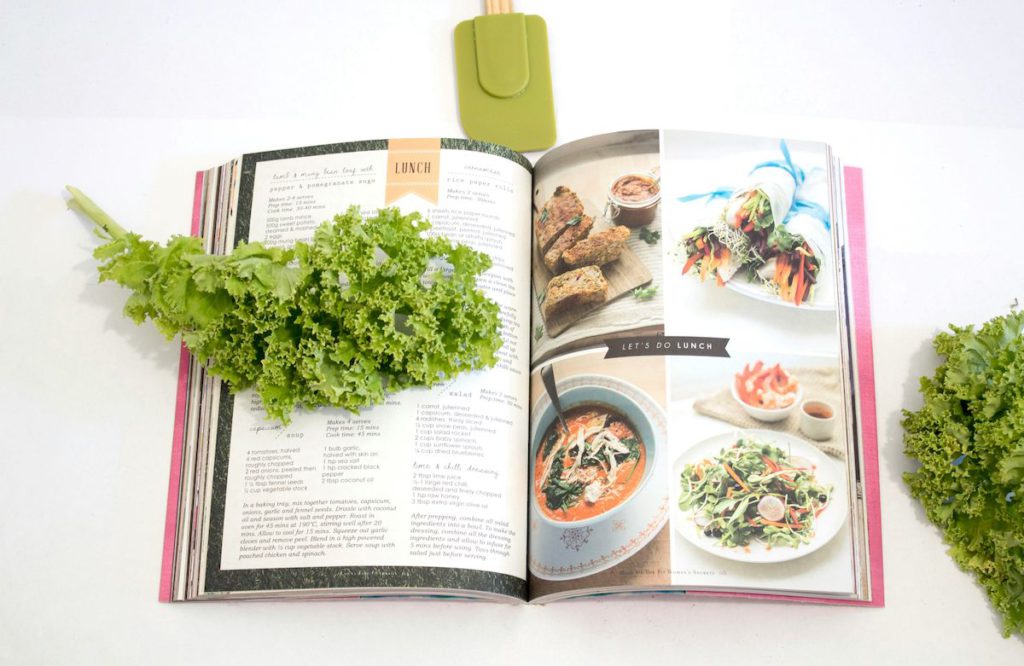
Living alone after 60 isn’t just about surviving—it’s about setting up systems that let you thrive. Anyone who’s watched a parent navigate solo living knows the drill: everyone focuses on grab bars and emergency buttons, but the real game-changers are subtler. These ten essentials go beyond basic safety to create a foundation for independence that actually feels empowering, not limiting.
10. Physical Safety Beyond the Basics

Transform your home into a sanctuary that works with your body, not against it.
Falls cause over 9,000 fatalities annually among seniors, but most accidents happen from overlooked hazards. Install grab bars in key spots, add nightlights for midnight navigation, and declutter walkways like you’re creating a runway for daily life. Non-slip mats and adequate lighting aren’t just suggestions—they’re your best insurance policy. Schedule annual home safety assessments to catch problems before they catch you.
9. Emergency Preparedness That Actually Works

Build a safety net that kicks in automatically when you need it most.
Keep emergency contacts within arm’s reach, consider a medical alert system, and maintain an emergency kit with medications, documents, water, and non-perishable food. Think of it like a fire extinguisher—you hope you’ll never need it, but when disaster strikes, having one feels like winning the lottery. Update your emergency plan annually and share it with trusted contacts.
8. Health Monitoring Made Simple

Turn wellness tracking into a habit that sticks without feeling like homework.
Establish non-negotiable daily baselines: track steps, hydration, nutrition, and sleep quality. Apps and simple journals both work—choose whatever you’ll actually use. Monitoring isn’t about perfectionism; it’s about catching changes early and staying proactive about your well-being. Regular check-ins with yourself prevent small issues from becoming big problems.
7. Social Connection on Autopilot

Create relationships that don’t depend entirely on your initiative.
Build at least one reliable, low-effort social connection—a weekly call with family, regular neighbor visits, or consistent community involvement. These connections serve as emotional lifelines and practical safety nets. Join groups that meet regularly, volunteer for causes you care about, or simply establish check-in routines with people who matter.
6. Purposeful Weekly Structure

Design routines that give each day direction and meaning.
Seniors who thrive create intentional weekly structures anchored by meaningful activities—grocery runs, volunteer shifts, family calls, or hobby time. This prevents days from blending together and maintains momentum. Build variety into your schedule: errands on Mondays, social activities midweek, personal projects on weekends. Structure provides stability without rigidity.
5. Home Environment for Momentum

Arrange your space to encourage movement and engagement.
Your home should nudge you toward activity, not sedentary habits. Keep hobbies accessible, position music and puzzles within easy reach, and create dedicated spaces for light exercise. Think of your environment like a personal trainer—constantly encouraging better choices through smart design. Even small changes can spark daily movement and mental stimulation.
4. Mental Resilience Toolkit

Develop coping strategies that process emotions instead of avoiding them.
Create a personal toolkit for difficult days: journaling supplies, walking routes, encouraging audio content, or a designated calming space at home. These tools help you work through challenges rather than around them. Build your toolkit during good days so it’s ready when storms hit. Practice using these strategies regularly to keep them sharp.
3. Accountability and Progress Systems

Find reasons to show up that don’t feel like obligations.
Having something to show up for—a walking group, creative projects shared with family, or simple habit tracking—provides gentle accountability and measurable progress. This works like having a workout buddy for your entire life. Choose commitments that energize rather than drain you. Small, consistent wins build momentum for bigger achievements.
2. Empowering Technology Solutions

Embrace tech that enhances independence without creating new frustrations.
Choose technology designed for your needs: medication reminders, video calling, emergency alerts, or health monitoring devices. Identify a trusted tech-savvy helper for troubleshooting—someone patient enough to explain things twice without eye-rolling. Technology should simplify your life, not complicate it. Start with one device and master it before adding others.
1. Micro-Adventures and Spontaneity

Inject novelty into routines to keep life interesting and engaging.
Incorporate small, novel experiences regularly—try new recipes, take different routes around town, explore local markets, or visit unfamiliar neighborhoods. These micro-adventures break routine monotony and spark joy without requiring major planning. Think of them as mental vitamins: small doses that provide outsized benefits for mood and cognitive engagement.
Last modified: October 23, 2025







